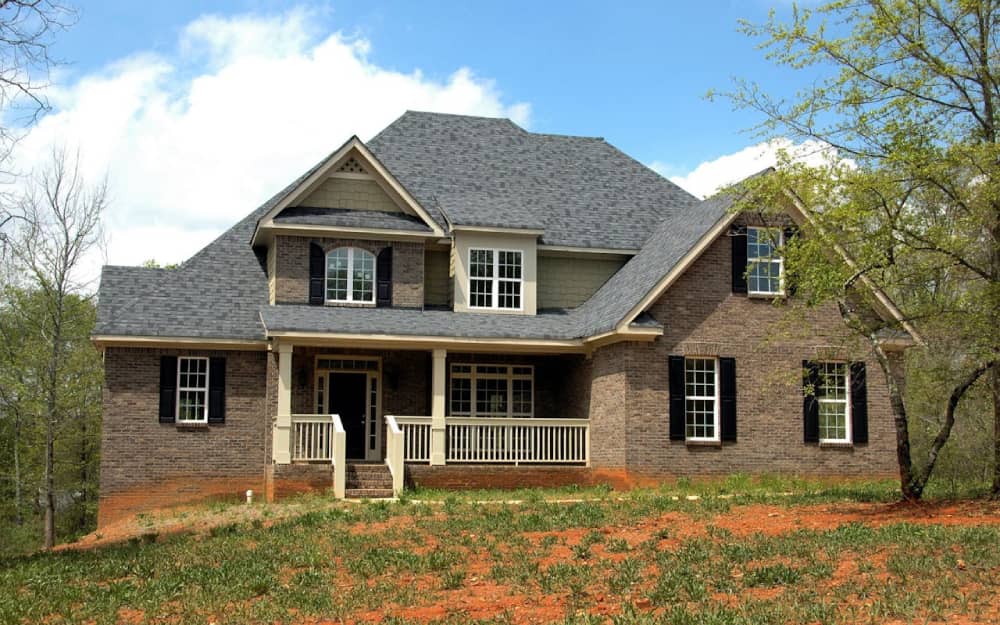You may not realize it, but the roof of your house is one of the most important assets on your property. Without it, your home and its contents will be at risk of severe damage from the elements. Fortunately, a sturdy roof installation will give you years of protection against everything from wind to rain and snow.

This is the primary reason why it’s essential to routinely invest in the roof repairs Melbourne locals perform every year with their seasonal maintenance. The amount of roof repairs that you need to do will depend on the age and current status of your roof. But, at which point should you stop repairing and start thinking about replacing?
Don’t Ignore Your Roof’s Cry for Help
Over time even the highest quality roof materials will start deteriorating. Exposure to the sun and wind can cause components to break down which in turn leads to water damage to the interior and exterior of your home.
As diligent as you may be with your seasonal roof repairs, there comes a time when repairing these faulty components becomes too expensive and time-consuming. We’ve compiled a list of the top signs that you should look out for that will let you know it’s time to replace your roof.
Broken, Missing Roof Tiles
If you’re consistently seeing broken or missing tiles on your roof, even with routine repairs, then it may be a sign that the surface under the tiles has become worn. In most cases, this is caused by weather exposure, roof age, and years of dirt and debris build-up.
Missing roof tiles can also be caused by pests such as rodents and possums that damage the roof when they’re trying to get in through cracks and gaps. It’s also not uncommon for broken tiles to be an indication of broken ridge capping or cracked mortar.
If you don’t replace a roof that’s exhibiting this kind of damage, your home will be susceptible to water damage and mold formation. Continuously repairing the broken tiles will become costly and time-consuming.
Formation of Rust and Corrosion
An aged metal roof will always be susceptible to rust and corrosion because of the moisture and elements it’s exposed to. You’ll find this happening more often on older roofs with dated components.
Modern roofing components and materials have been designed to be highly resistant to corrosion. This is easily achieved when components are coated with aluminum, galvanized, and zinc coatings. Keep in mind that homes built near salt water can have an increased risk of developing rust. If treating the rust on your roof doesn’t seem to be resolving the issue, it may be necessary to consider a roof with more durable and modern components.
Roof Starts Sagging
The last thing any homeowner wants to see is signs that their roof is sagging. Unfortunately, a sagging roof is one of the more dangerous signs to look out for. If not dealt with, this can lead to severe damage to the rest of your home.
If your roof is showing signs of sagging, don’t wait for it to get worse. Rather speak to a professional to do an assessment. Depending on the severity of the underlying cause, a roof in the early sagging stages may still be able to be restored. However, if your roof is more than 20 years old, it’s a good idea to consider replacing your roof and taking advantage of modern components.
Damaged Flashing
One of the number one causes of water leaks in the roof stems from damaged flashing. When flashing, or the strip of metal around your skylights, chimneys, and other roof joints, is damaged or worn, it causes water to seep into the roof’s surface.
Improper installation can also cause the flashing to lift and become dislodged. Your roofer will be able to assess if only the flashing can be repaired or if the damage to the roof is too extensive. Your roofer will either recommend restoration, where they repair the section that is damaged, or a full replacement of the other roof components that are too damaged or old.
Water Leaks
Water leaks, watermarks on the ceiling, and signs of mold on the walls are also signs of water leaking into the roof. Since water slowly seeping into the roof can damage walls, and insulation and be costly to repair. Avoid these additional costs by having your roofer assess the cause and extent of the leaks.
We would be glad if you start Understanding The Components of a Residential Roof.
Final Thoughts
No one looks forward to the cost, time, and effort associated with a complete roof replacement. However, if your roof is old, has been repaired countless times, and still leaks or shows any of the signs we’ve shared, it may be time to consider a replacement.
Speak to your local roof installer for a comprehensive assessment before wasting money on components that you will just be replacing again the following season. A solid and healthy roof will ensure that your home contents are protected, and your seasonal maintenance chores are reduced. It’s a win all round!












